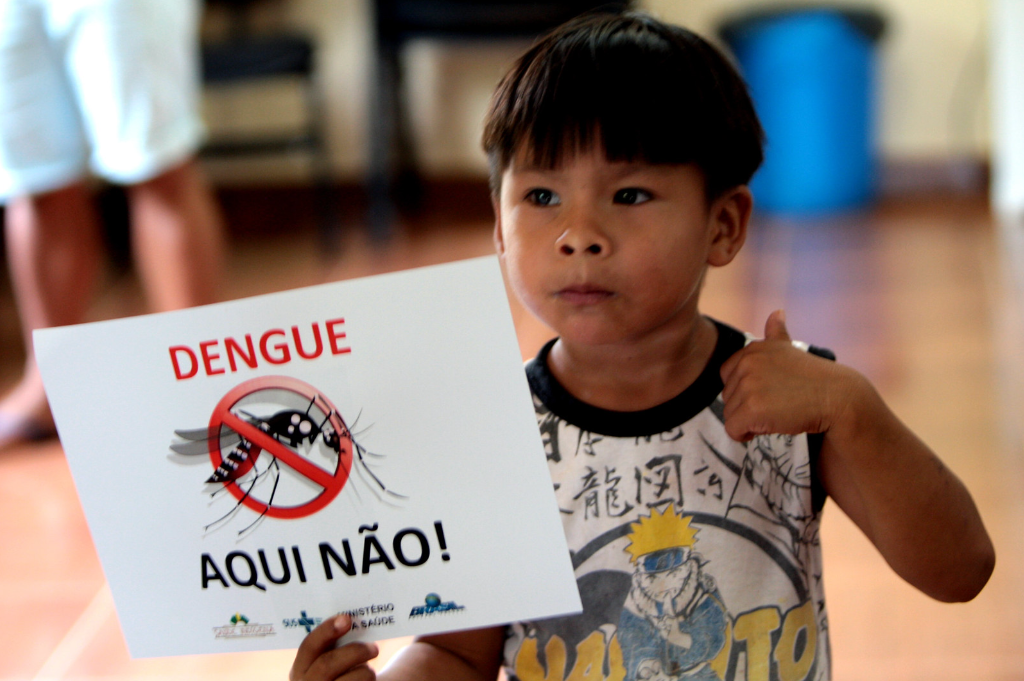
Dengue

An Ae. aegypti mosquito, one of the primary vectors for the transmission of dengue fever around the world, gets a blood meal from a host.
A new vaccine for dengue received prequalification from the World Health Organization on 10 May 2024. Developed by Takeda, it is a live-attenuated vaccine containing weakened versions of the four serotypes of the virus that cause dengue.
WHO recommends the use of TAK-003 in children aged 6–16 years in settings with high dengue burden and transmission intensity. The vaccine should be administered in a 2-dose schedule with a 3-month interval between doses.
To determine the extent of dengue transmission intensity, countries should consider data on age-specific seroprevalence and/or age-specific dengue hospital admissions. Threshold cut-offs for minimal seroprevalence to initiate vaccination should be decided by countries; typically, a dengue seroprevalence of >60% by the age of 9 years could be considered an indicator of high dengue transmission.
Vaccination against dengue should be viewed as part of an integrated strategy to control the disease, including vector control, proper case management, community education, and community engagement. TAK-003 does not prevent all cases of dengue.
Vaccine introduction should be accompanied by a well-designed communication strategy and community engagement.
Publications
Dengue seroprevalence maps
To help countries identify areas with high dengue burden and transmission intensity, the following map was developed by Imperial College, United Kingdom: click here to view it.
Disease burden/surveillance
Health topic
